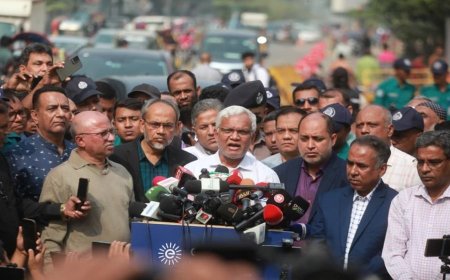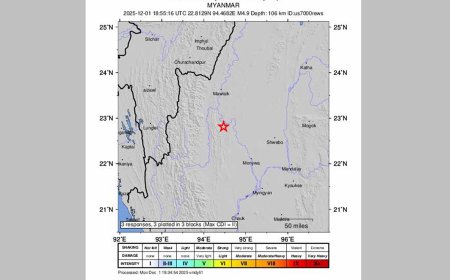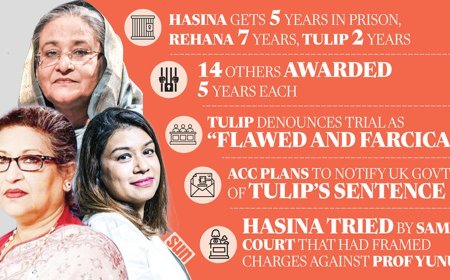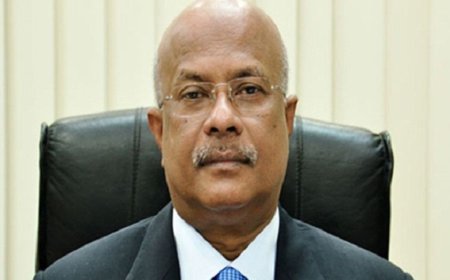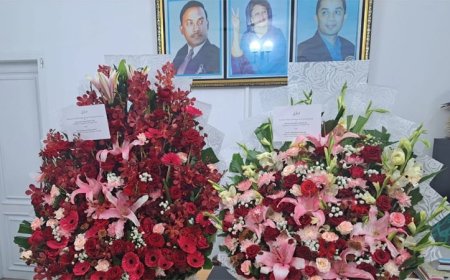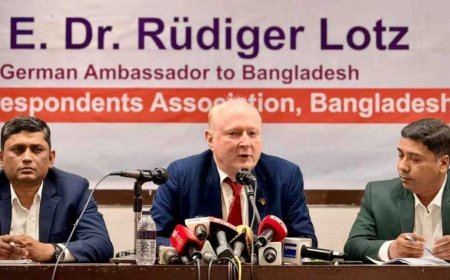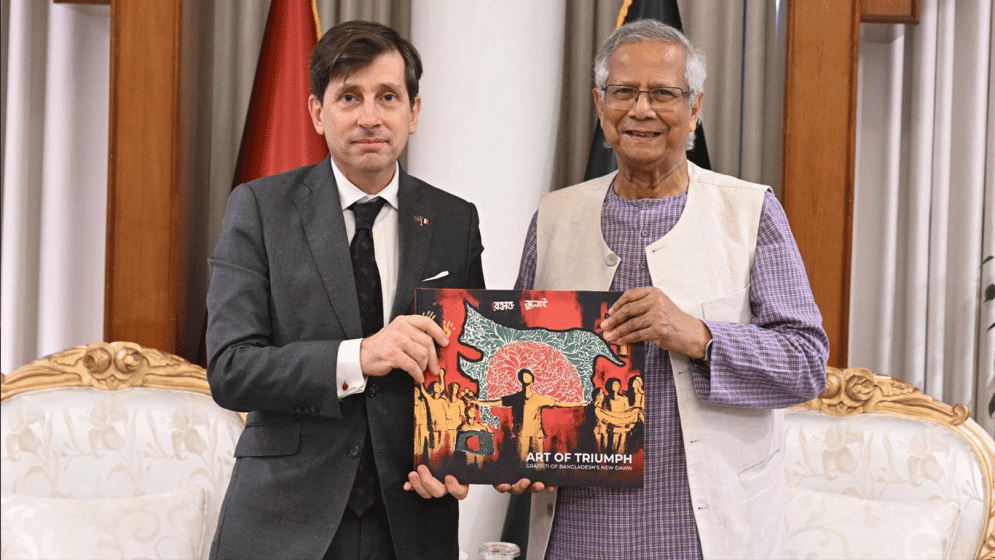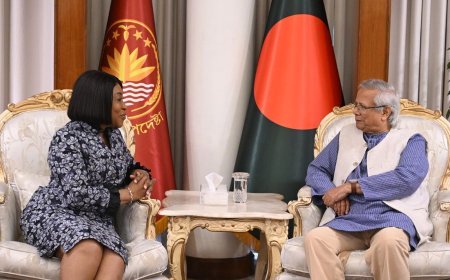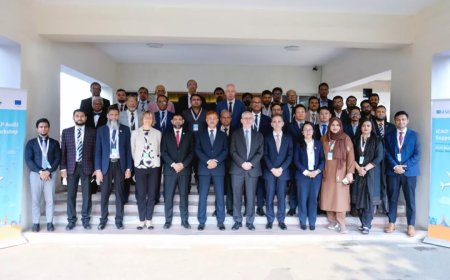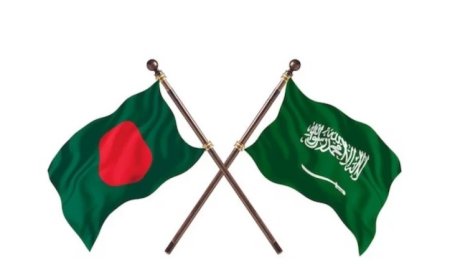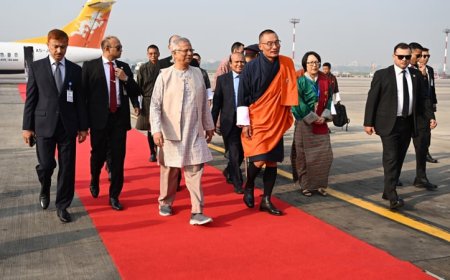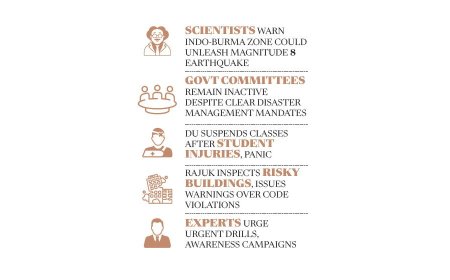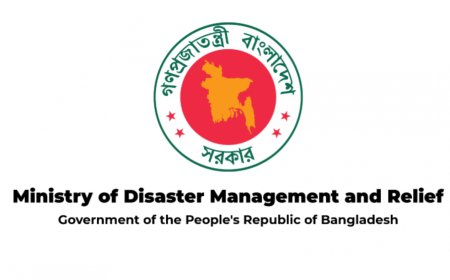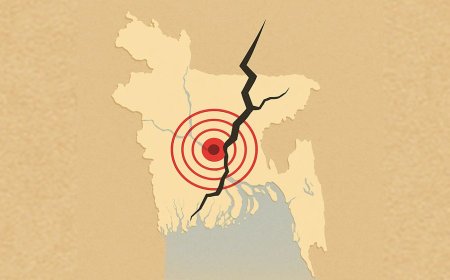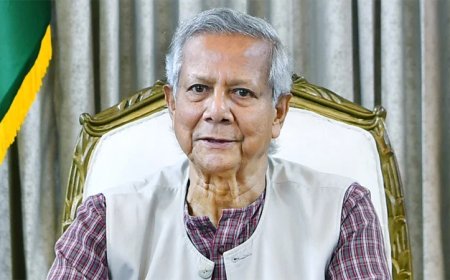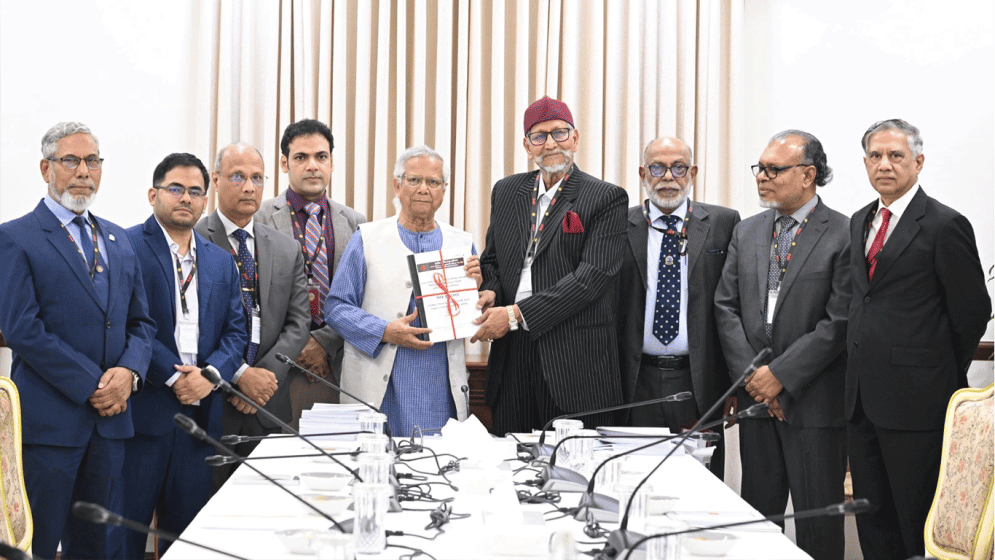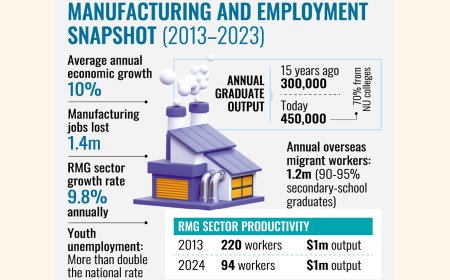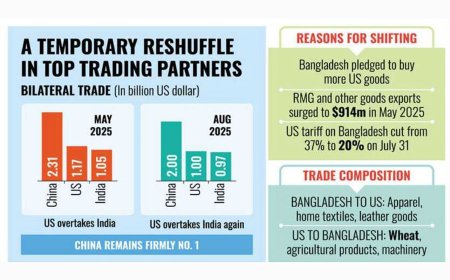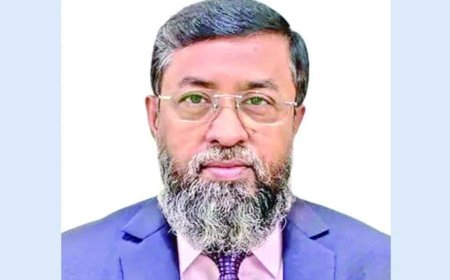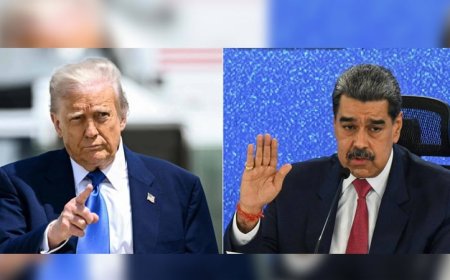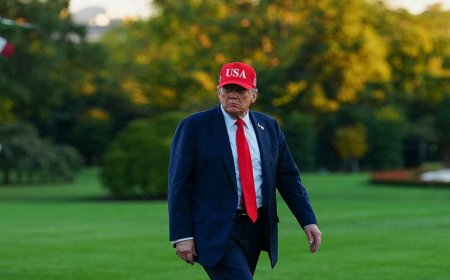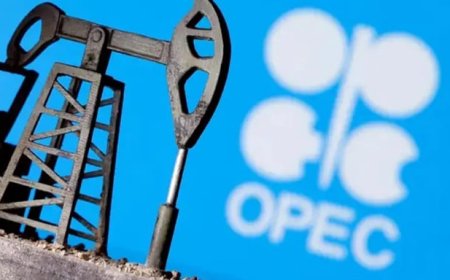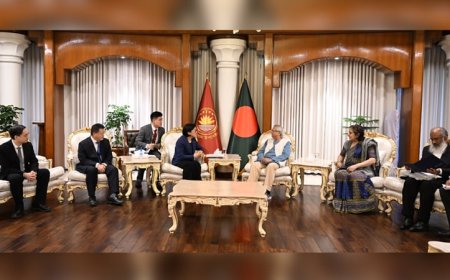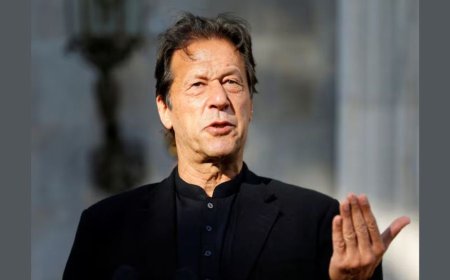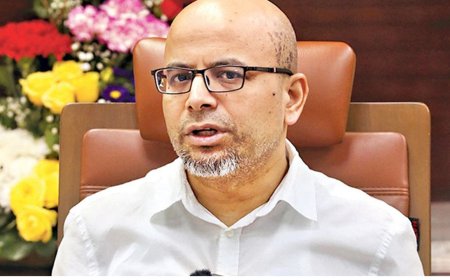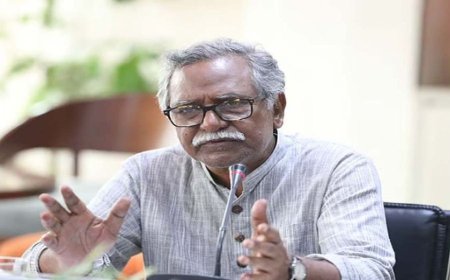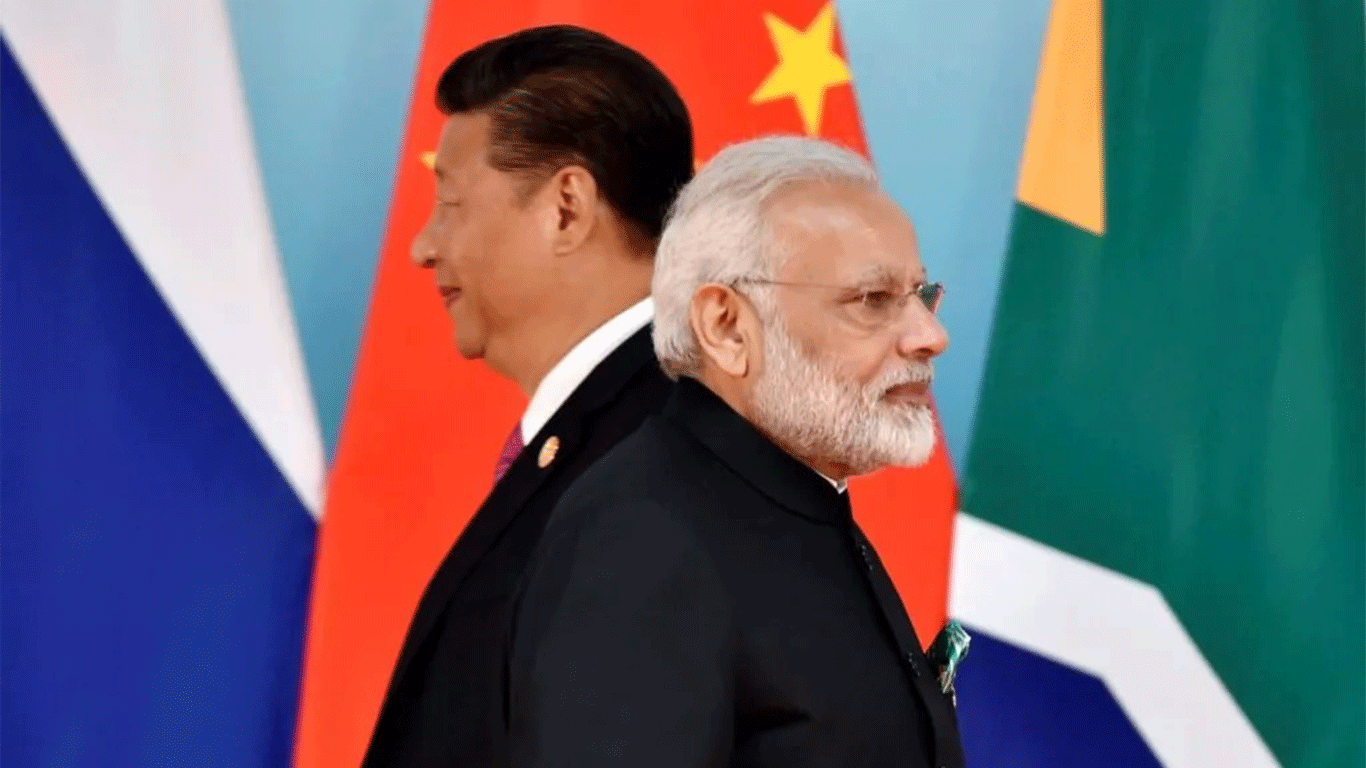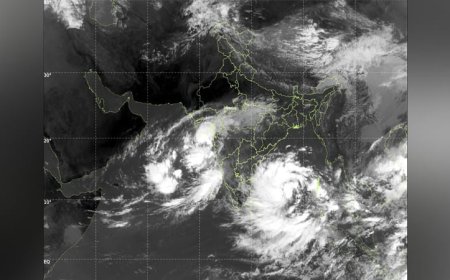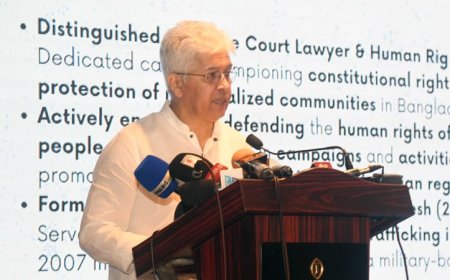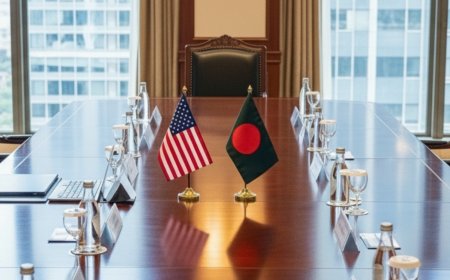Tariff tensions reshape global sourcing Bangladesh risks losing ground as US fashion brands eye emerging competitors
Tariff tensions reshape global sourcing Bangladesh risks losing ground as US fashion brands eye emerging competitors
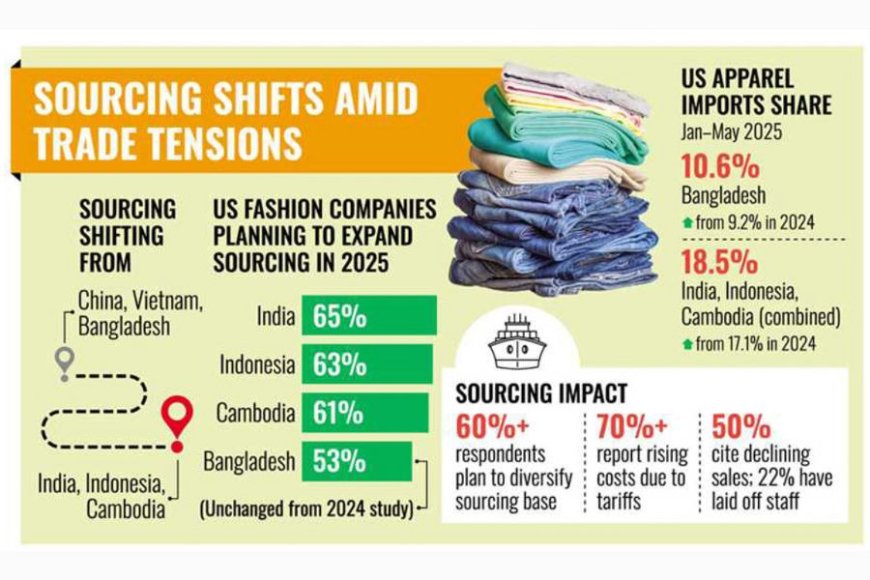
Tariff Pressures Redraw Sourcing Landscape
Bangladesh Faces Headwinds as US Fashion Brands Turn to Emerging Rivals
Rising tariff and trade tensions under the Trump administration are prompting US fashion companies to reassess their traditional sourcing hubs—China, Vietnam, and Bangladesh—in favor of newer players. According to the 2025 Fashion Industry Benchmarking Study, released Tuesday, countries like Indonesia, India, and Cambodia are emerging as strong contenders in the global apparel supply chain.
Over 60% of surveyed US fashion executives indicated plans to increase sourcing from these three countries within the next two years.
While Bangladesh continues to be a key supplier of low-cost, high-volume basics, the study flagged persistent concerns over potential future US trade restrictions and Bangladesh’s heavy dependence on Chinese textile inputs. These factors, it said, are limiting Bangladesh’s potential for expanded sourcing.
The study noted that many US brands directly impacted by tariff hikes are now considering Indonesia, India, and Cambodia more favorably than the traditional “top three”—China, Vietnam, and Bangladesh.
“These countries already possess substantial apparel manufacturing capacity and are seen as viable immediate alternatives,” the report stated.
Interest in Bangladesh remains steady, with 53% of respondents expressing sourcing expansion plans—marginally higher than the 48% reported in 2024. However, concerns are growing around Bangladesh’s rising trade surplus with the US and overreliance on Chinese raw materials.
“These concerns are discouraging companies from deepening their sourcing commitments to Bangladesh as they seek to diversify and reduce China exposure,” the report explained.
Compounding the challenge, US President Donald Trump on July 7 formally notified Bangladesh of a flat 35% tariff on all Bangladeshi exports. This followed earlier reciprocal duties announced on April 2, including a 37% levy on Bangladeshi goods. While a temporary 10% flat rate replaced it, that relief is set to expire on August 1.
Despite these obstacles, Bangladesh’s share of US apparel imports rose to 10.6% in the first five months of 2025, up from 9.2% over the same period in 2024. But Indonesia, India, and Cambodia collectively accounted for 18.5%, up from 17.1% last year—indicating faster growth.
The study highlighted that these emerging suppliers also present “relatively lower sourcing risks” than China, making them more appealing to US companies concerned about supply chain vulnerabilities.
Nevertheless, US fashion brands continue to value Bangladesh for its competitive pricing in basic apparel like cotton knits and trousers. But lingering worries about social and environmental compliance persist.
The benchmarking study, now in its 12th year, was conducted jointly by the United States Fashion Industry Association (USFIA) and the University of Delaware. It surveyed 25 leading US fashion brands, retailers, importers, and wholesalers between April and June 2025.
The report warned that tariffs are already taking a toll: over two-thirds of companies surveyed reported delaying or cancelling orders. Suppliers are being forced to absorb some of the tariff burden, raising fears of financial distress or even closures.
More than 70% of respondents cited increased sourcing costs, shrinking profit margins, and rising consumer prices. Nearly half reported declining sales, and 22% confirmed workforce layoffs.
Despite the disruption, companies are actively diversifying their sourcing portfolios. In 2025, apparel was sourced from 46 different countries. Over 60% of respondents said they intend to expand sourcing—excluding China—over the next two years.
Vietnam and Bangladesh still accounted for more than 30% of sourcing for many companies in 2025, up from one-third in 2024. But more firms are now sourcing over 10% from India, Cambodia, and Indonesia—signaling a shift toward long-term partnerships with these emerging suppliers.
Commenting on the findings, BGMEA President Mahmud Hasan Khan said global buyers conduct their own country risk analyses, and sourcing shifts are not immediate. However, he acknowledged that growing competition from Indonesia, India, and Cambodia could pose serious challenges for Bangladesh—especially if tariff disparities widen.
Khan also warned that internal challenges like high operating costs and infrastructure bottlenecks must be addressed promptly if Bangladesh is to maintain its competitiveness in the global apparel market.
What's Your Reaction?







